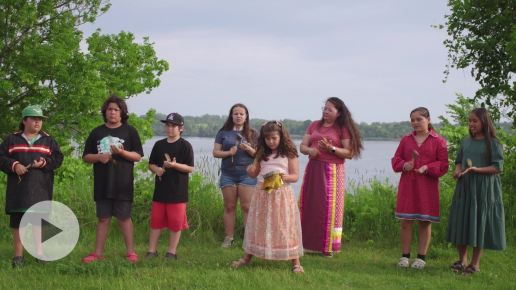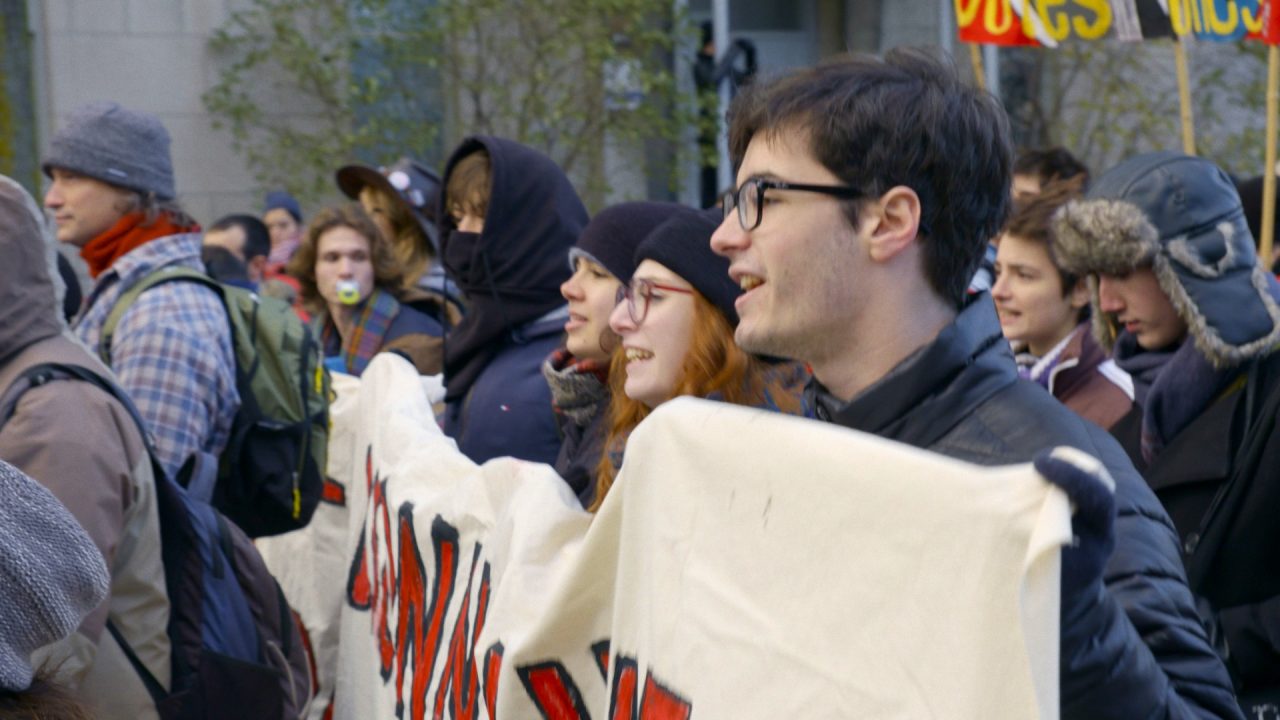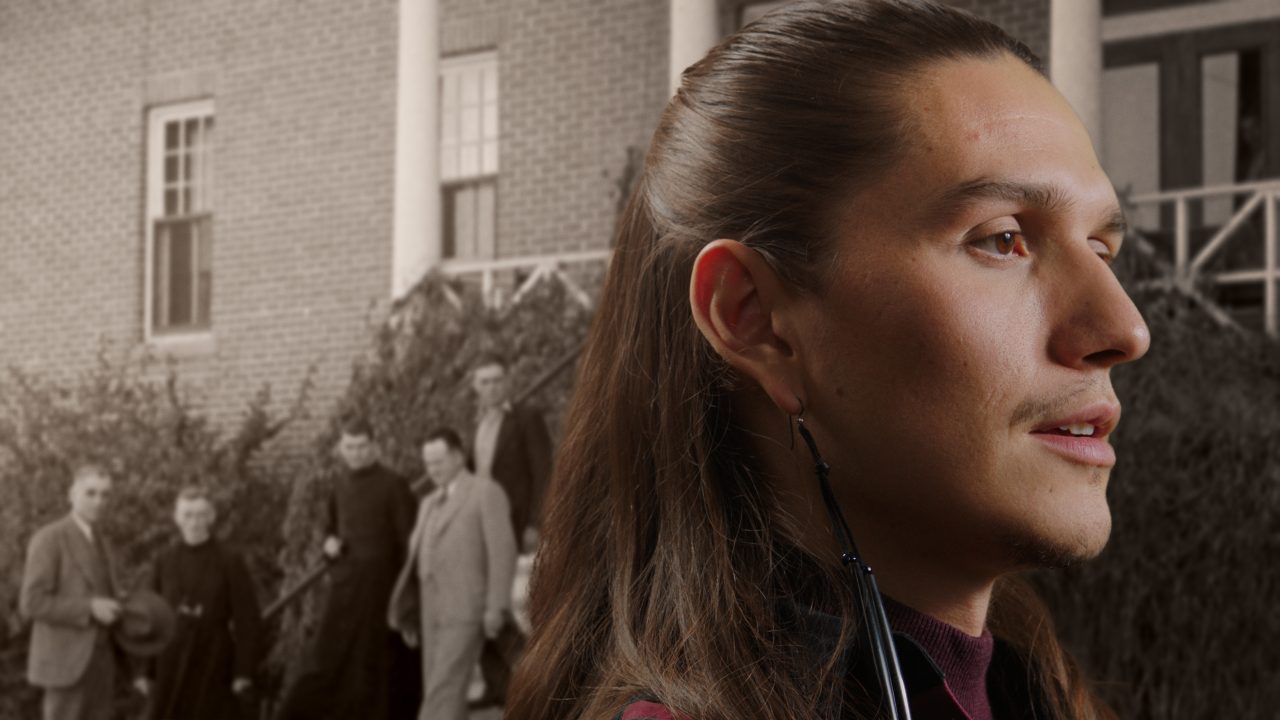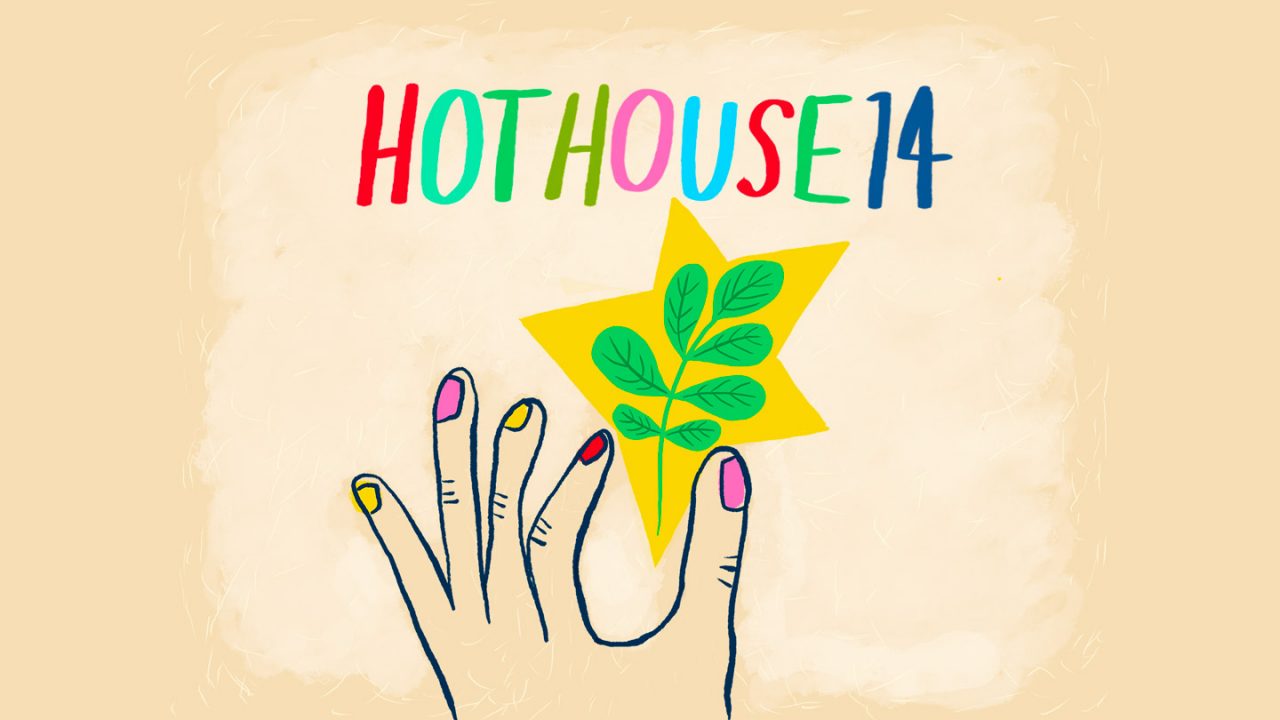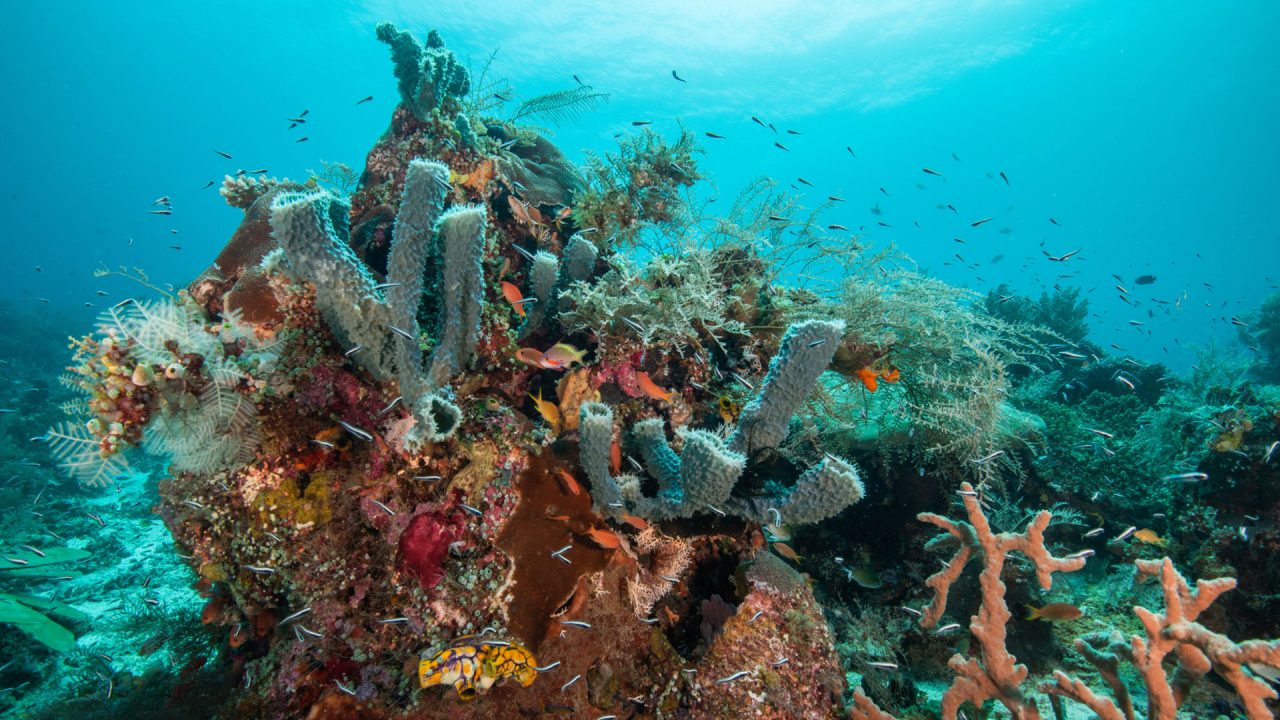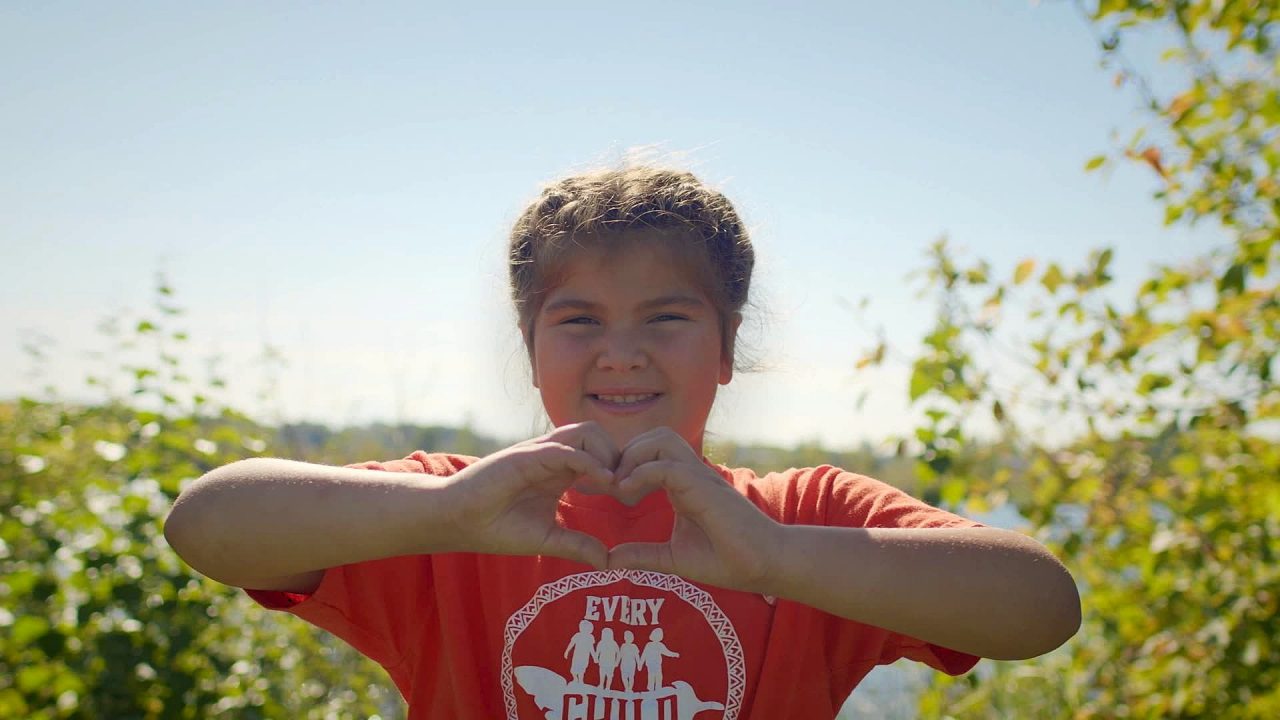
Truth and Reconciliation: Resources and Reflections for the Classroom
Truth and Reconciliation: Resources and Reflections for the Classroom
Resources for National Day for Truth and Reconciliation
As the National Day for Truth and Reconciliation approaches, educators across the country are preparing to engage their students in meaningful learning and reflection. This day calls on us to confront the painful truths of Canada’s history and its ongoing impacts, and to ask: How can classrooms become spaces for honest dialogue, critical thinking, and grounded action? How can we support students in understanding the legacies of colonialism, connecting to present-day realities, and imagining a future rooted in justice and reconciliation?
For generations, the suffering of residential school Survivors has radiated outward, impacting Indigenous families and communities. Intergenerational trauma inflicted through residential schools and other forced-assimilation policies continue to ripple through communities today. Justice Murray Sinclair, Chair of the Truth and Reconciliation Commission of Canada, emphasized that “it was the educational system that has contributed to this problem in this country. And it is the educational system, we believe, that is going to help us to get away from this.” (1) When we learn from a past that includes the narratives of Indigenous Peoples, we can nurture the seeds of resilience and hope for a brighter future.
As this important day approaches, the team at NFB Education has refreshed our popular National Day for Truth and Reconciliation playlist (ages 15-17) with some powerful new films from both the Atlantic and Pacific coasts.
Two New Films and Resources on the Playlist
Miss Campbell: Inuk Teacher, Heather Campbell, provided by the National Film Board of Canada
For students 12 and up, from the East Coast, Miss Campbell: Inuk Teacher is 15 minutes in length and tells the story of Evelyn Campbell, a trailblazer for an Inuit-led educational system in the small community of Rigolet, Labrador. Through this film, students engage with the impact of residential school on Miss Campbell while seeing her dedication to her community as a lifelong educator. Make sure you check out the accompanying mini-lesson, a set of short activities paired with excerpts from the film!
WaaPaKe (Tomorrow), Jules Arita Koostachin, provided by the National Film Board of Canada
For those 13 and up, from the West Coast, Dr. Jules Arita Koostachin’s deeply personal feature-length documentary WaaPaKe (Tomorrow) moves beyond intergenerational trauma with an invitation to unravel the tangled threads of silence and unite in collective freedom and power. While interviewing her mother, a residential school Survivor, Dr. Koostachin also turns the camera on herself and her children, tracing both the trajectory of trauma and healing in her family. To deepen engagement with the film, check out the WaaPaKe activity.
Other Indigenous Films and Resources
Northlore, David Hamelin & Melaina Sheldon, provided by the National Film Board of Canada
For students eight and up, a newly released film from Indigenous creators, Northlore, weaves animation and live action to explore the mystical stories and connections forged between the people and wildlife in the North of Canada.
Also related to land-based learning and great for students of all ages, “Ohén:ton Karihwatéhkwen: The Words That Come Before All Else,” features Akwesasne children delivering the Haudenosaunee Thanksgiving Address in Kanien’kéha. Produced by Ocean School in collaboration with the Mohawk Council of Akwesasne and the River Institute, the video is deeply rooted in Haudenosaunee cultural and spiritual traditions. It is accompanied by an educator guide and a companion video, “Sharing the Ohén:ton Karihwatéhkwen,” which offers a behind-the-scenes look and reflections from students and an Elder on the significance of the Address and its message of gratitude for the natural world.
Ninan Auassat: We, the Children, Kim O’Bomsawin, provided by the National Film Board of Canada
Students aged 15 and up will also love Ninan Auassat: We, the Children. Told entirely from the perspectives of young people from three different Indigenous Nations (Atikamekw, Eeyou Cree and Innu), it’s a powerful and immersive documentary that reveals the dreams of a new generation ready to take flight.
Honour to Senator Murray Sinclair, Alanis Obomsawin, provided by the National Film Board of Canada
And if you’re curious to learn more about Senator Murray Sinclair and his role in promoting reconciliation, check out this mini-lesson, which accompanies the film Honour to Senator Murray Sinclair.
These films bring Indigenous voices into your classrooms, raising awareness, acknowledging the harms of the past, and sparking initiatives that weave reconciliation into education throughout the years to come, thus contributing to a more just society.
(1) “TRC Mini Documentary – Senator Murray Sinclair on Reconciliation,” posted February 7, 2019, by National Centre for Truth and Reconciliation.
To read this post in french, click here.
Discover more Educational blog posts | Watch educational films on NFB Education | Watch educational playlists on NFB Education | Subscribe to the NFB Education Newsletter
